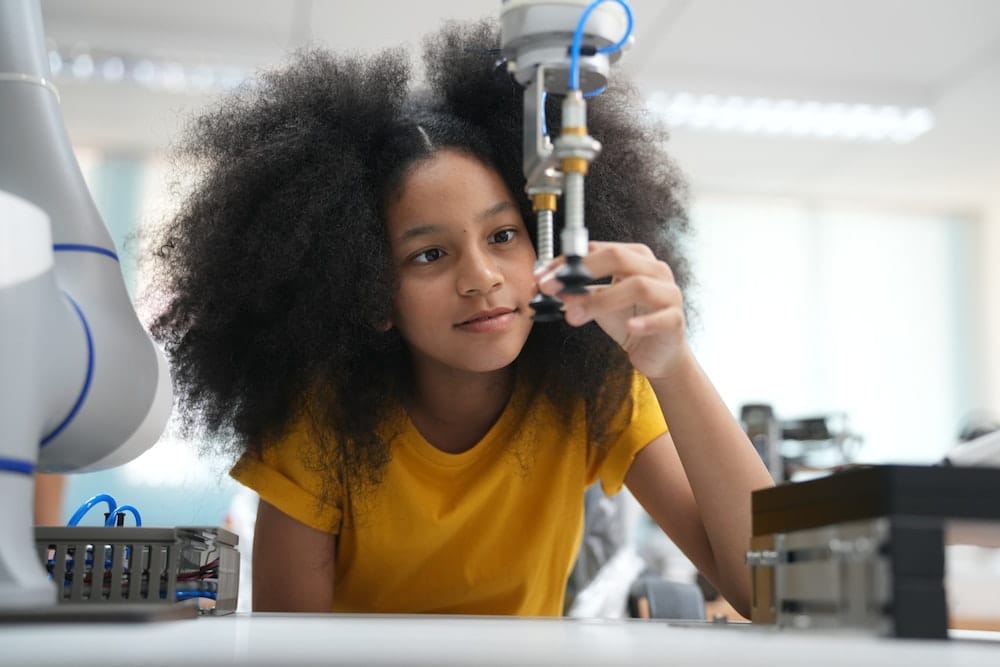In a world grappling with the increasing threat of water scarcity, harvesting water has become imperative. We are moving towards a future where sustainable, smart, and urban property developments need to incorporate innovative methods for water harvesting. Not only does it meet the demand for a reliable water supply, but it also promotes a healthier environment.
In this article, we delve deep into the subject, exploring different techniques for water harvesting such as rainwater harvesting systems, its viability, and the role it plays in shaping the future of sustainable property developments. By understanding these systems, you can make informed decisions about how you contribute to water sustainability in the urban landscape.
A voir aussi : How to Conduct a Comprehensive Risk Assessment for Overseas Property Investments Post-Brexit?
Exploring the Concept of Water Harvesting
Water harvesting encapsulates different methods or systems that are used to manage and augment the water supply from various sources. It predominantly revolves around collection, storage, and management of rainwater for later use. Mainly, these systems are designed to capture and store rainwater from a surface (like a rooftop) before it reaches the ground.
The collected water undergoes filtration and treatment to ensure water quality meets the required standards for its intended use. This stored resource can be used for multiple purposes including irrigation, flushing toilets, washing clothes, or even drinking with appropriate treatment.
Sujet a lire : How to Utilize Passive Solar Design in UK Home Extensions for Maximum Energy Efficiency?
Google Scholar offers a plethora of studies that indicate the significant benefits of water harvesting. It contributes to water security, reduces the demand on mains water supply, and lessens stormwater runoff, reducing the risk of flooding.
Understanding Rainwater Harvesting Systems
A key figure in the water harvesting scene is the rainwater harvesting system. Essentially, it consists of a catchment area (like a roof), conveyance system (like gutters and downspouts), and a storage tank. The system may also include a treatment component to ensure the harvested water is safe for its intended use.
Rainwater harvesting systems range from simple barrels at the end of a downspout to more complex systems with pumps, filtration and treatment components. The size and complexity of a system would depend on the demand for water, the quality requirements, and the available space for installation.
The Role of Technology in Water Harvesting
In the era of smart technology, water harvesting systems are not left behind. Today, we see the emergence of smart rainwater harvesting systems. These systems use Internet of Things (IoT) technology to manage and control the entire process of water harvesting.
For example, these smart systems can check the weather forecast and, based on the amount of expected rain, decide whether to empty the storage tank to make room for new rainwater. They can also monitor the quality of the harvested water in real-time and alert you if treatment is needed.
Sustainable Property Developments and Water Harvesting
Sustainable property developments strive to minimise their environmental impact, and water harvesting plays a key role in this. By incorporating water harvesting systems into their designs, these developments can significantly reduce their reliance on municipal water supply.
Furthermore, the harvested water can be used for non-potable uses like irrigation, which can also contribute to a greener and more aesthetically pleasing urban landscape.
Looking Towards the Future
Looking forward, it is clear that water harvesting techniques will continue to evolve and become an integral component of sustainable property developments. As technology advances, we will see more smart water harvesting systems that not only manage water collection and storage but also the quality of harvested water.
Simultaneously, as the benefits of water harvesting become more widely known, we can expect more property developers to incorporate these systems into their designs. This is not just beneficial for the environment, but it also makes economic sense as it reduces the demand and cost for mains water supply.
Through innovative techniques and advancements in technology, water harvesting is leading the way for a more sustainable urban future. As we continue to face increasing water scarcity, these systems and solutions provide a ray of hope for our planet. Without a doubt, sustainable water management is the future and water harvesting plays a pivotal role in this narrative.
Case Studies of Water Harvesting in Property Developments
A tangible way of understanding the practical applications of water harvesting is through case studies. These real-life examples provide insights into how these systems work, their benefits, and their potential challenges.
Consider the case of the One Brighton development in the UK, which was the first major development to achieve an ‘excellent’ rating from the Building Research Establishment Environmental Assessment Method (BREEAM). Rainwater harvesting was a significant component of their sustainability strategy. The harvested rainwater was used for toilet flushing, significantly reducing the development’s mains water demand.
In Australia, the CH2 building in Melbourne has implemented a blackwater treatment system alongside rainwater harvesting. This multi-storey office building utilises harvested rainwater for toilet flushing and garden watering, further contributing to their water conservation efforts.
These case studies highlight how sustainable property developments across the globe are already incorporating water harvesting systems. By doing so, they are not only conserving precious water resources but also contributing to a healthier urban environment.
Impact of Climate Change on Future Water Harvesting Techniques
Climate change is a reality that we must face, and it certainly presents challenges for future water harvesting techniques. Changes in rainfall patterns and intensity can affect the reliability and efficiency of rainwater harvesting systems, which are primarily dependent on rainfall.
However, it’s important to note that these challenges can be mitigated with innovative solutions and advanced technology. For instance, predictive analytics can be used to anticipate rainfall patterns and adjust the water management plan accordingly. This can ensure the optimal use of the harvested rainwater and avoid wastage.
Moreover, climate change might provide an impetus for further innovation in water harvesting techniques. As traditional water resources become increasingly scarce, there will be a greater need to maximise the potential of alternative sources like rainwater. This might lead to the development of more efficient harvesting systems and the adoption of these systems on a larger scale.
Conclusion
The journey towards sustainable property developments is gaining momentum, and water harvesting is at the forefront of this movement. From rainwater harvesting systems to smart water management solutions, these techniques have the potential to revolutionise the way we use and conserve water.
Case studies from around the world have demonstrated the viability and benefits of incorporating water harvesting systems into property developments. Coupled with advancements in technology, these systems are becoming more efficient and user-friendly.
Despite the challenges posed by climate change, there are opportunities for innovation and growth in the field of water harvesting. As we continue to strive for a sustainable future, it is crucial to recognise the value of every drop of water. By harnessing the power of rain, we can secure our water supply, promote water security, ensure water conservation, and contribute to a healthier and greener urban landscape.
In essence, water harvesting is not just about meeting our present water demand. It’s about securing the future of our planet and ensuring that our children and grandchildren inherit a world where drinking water is not a luxury, but a basic right. Let’s strive to make this vision a reality.











